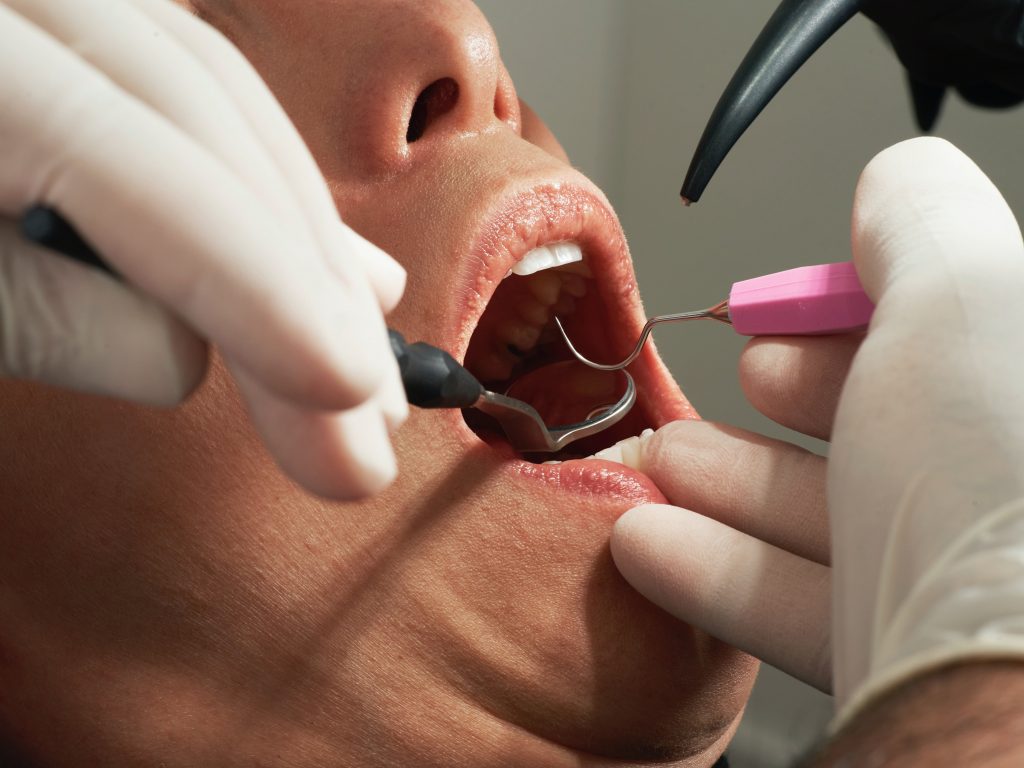Gum disease is not a trivial condition, usually taking years to set in and develop. But once it has, treatment is slow and requires careful monitoring. The alternative is to permit full gum recession to set in and without the necessary support of your local hygienist Richmond, soft tissue and teeth are rapidly lost. This article looks more at its early symptoms, opportunities for intervention and treatment.
Symptoms of and diagnosis of periodontitis
The insidious nature of gum disease can make it tough to spot; slowly, it creeps up. The symptoms can appear as spongy gum tissue that bleeds when brushing and an unpleasant odour to the breath occurs. This happens so gradually that they can be normalised, not only for the patient but also for those around them.
Gum disease, also known as periodontitis, is often only noted during the 6-month check-ups; this is what makes regular professional assessment and screening so important. There are several factors that significantly increase the risks. One is persistent gingivitis and the other is tartar buildup at the gum line, acting as a bastion of bacteria. Giving bacteria a base of operations from which they can consistently invade the gum. The resulting inflammation and redness of the gum tissue is a sign of blood cells moving into the tissue and trying to manage the infection.
Over short periods of time and minor infections, the patient’s immune response is more than appropriate to return the gum tissue back to a healthy state. But with chronic inflammation and constant reinfection, gums become irreparably damaged and recede.

Treatment and Recovery
Identifying how the gum disease became established and persistent needs to be explored and is the first stage to recovery. So tartar can be addressed with a professional cleaning like a scale and polish. Sometimes diet, oral hygiene or even hormonal balance can contribute to the aggressive gingivitis that has developed into full-blown gum disease. The recovery of gum tissue is heavily affected by smoking, as the combustion products can get directly into the tissue through the mouth, reducing healing times and disrupting cell communication.
Charting
Once stabilised and a new dental hygiene routine becomes established, probably involving interdental brushes, and with an emphasis on promoting gum health, the state of the gums has to be monitored. This is usually not done by a dentist but by one of the other clinical staff at your local surgery. Pocket depth will be measured with 1-3mm being considered normal and healthy. Beyond 5 mm, the pockets around your teeth have become too deep to clean and maintain normally at home, even though there may not be clear outward signs of gum recession. So avoiding this is critical in getting on top of the condition.
Surgical intervention
If the periodontitis has reached an advanced stage where it is self-sustaining, more invasive surgical options will have to be considered. Flap surgery, also known as pocket reduction surgery, allows the pockets to be closed by making a set of small incisions and lifting the gum tissue back. This allows the underlying roots to get the necessary cover and tissue contact needed to remain healthy. Giving more opportunity for recovery. If this is ineffective, soft tissue gum grafting may be inevitable.

